Scent One: Hinoki Eau de Toilette by Comme des Garçons Review
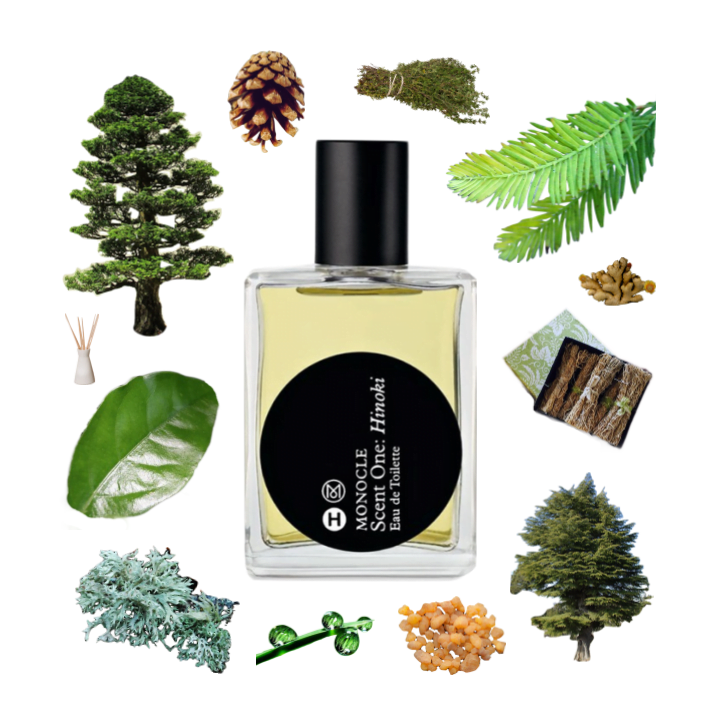
This is genuine hinoki wood, amplified in all of its corners, from the cool morning freshness of camphor to the warm woody spice of incense.
Scent One: Hinoki by Comme des Garçons and Monocle consists of an incredibly cohesive hinoki note. Before seeing the note pyramid, the only way I could interpret this fragrance was as one unified — albeit startlingly complex — woody accord. The various facets of what makes up a fresh, damp, evergreen wood are explored and blended masterfully here into a larger-than-life hinoki tree.
Before I’d smelled actual hinoki, I’d say this smells like a genuine, fresh, pine-y sort of coniferous tree smell outside in a damp forest. It’s wet and green, herbaceous, and sharp in a way that is simultaneously somehow comforting and gentle. It cools you down in the sort of way you might not mind even on an already-cool day. It’s the sharp herbaceous green of evergreen trees, complete with the snap of twigs and the dripping of water off its needles.
Now that I’ve smelled actual hinoki, I’d say this smells like hinoki. Dead on.
But that description isn’t particularly helpful to those that haven’t smelled the real thing.
The first times I tried it, after 4-5 hours, I was burying my nose in my arm trying to get any last whiff of Hinoki, which has been faint through most of its life. This isn’t great performance for the price, particularly for a deep woody scent, where I might hope for a base that lasts. For that reason alone, I wasn’t sure whether this was one I’d want any more of. Still, I kept enjoying my sample, applying a little more liberally and hoping the cold months help me savor Hinoki just a little longer.
The note pyramid tells me Hinoki is made up of hinoki wood, cypress, camphor, cedar, frankincense, oakmoss, vetiver, thyme, and pine. My nose tells me it’s made up of wood, a rich, singular fantasy wood, a lush conifer glittering with dew with a warm and spicy heart.
I want to have more analysis on Hinoki, but I just… don’t. This isn’t one I can intellectualize. It feels very simple to me. It feels like one gorgeously fleshed-out evergreen note, rich and dewy and lush, painted with alternating streaks of coolness and warmth, highlighted with hints of incense and spice.
Ah, and now I remember I recently added hinoki essential oil to my arsenal! Let me see…
There’s a very invigorating coldness to diffused hinoki oil. It’s like a crisp winter morning, refreshing in a way that half startles you awake.
And then, when it dries, it warms and opens up, becoming almost like an exquisitely sensual sandalwood, warming and a little spicy, kind of like ginger. It’s a gorgeous transformation, from a stark and startling cold to an exquisitely comforting, intimate sort of wood that literally makes my heart skip.
Like the doughy hawthorn-almond accord in Keiko Mecheri’s Loukhoum, something about this hinoki note makes me feel like I’m in love. It doesn’t bring me back to a specific memory of my own. Rather, it feels like it’s bringing me home to a heart-hammering memory that isn’t quite mine.
While the hawthorn of Loukhoum felt to me like the hormonal intensity of adolescence, fluttering and humiliated, hinoki oil feels to me every bit as intense but deeper, more sensual, every bit as anxious but in a way that feels like there’s an actual chance at rich connection. It’s an intensely touching, heart-quickening mix of enchantment and excitement that feels like it urgently needs to be shared, like I need to call my boyfriend right now and tell him to come home and smell this dizzying essential oil.
All this is to say: hinoki is sexy. That’s my subjective opinion, but that’s what you’re here for, aren’t you? It’s an incredibly powerful, heart-pounding sensory experience, a note that touches a raw nerve somewhere in the chest. It makes my wrists feel cold and tingly in the way they do when I imagine dangling my phone off the edge of the Grand Canyon.
And that note is replicated just beautifully by nose Antoine Maisondieu in Scent One: Hinoki.
While Comme des Garçons’ Hinoki does have a bright coolness to it, there’s also that slightly warmer, spicier, almost nutty core that’s reminiscent of finely aged old wood rather than damp green needles alone. This isn’t just the smell of the fresh tree, but the faint memory hidden in fine pieces of hinoki wood that have long moved on from their lives in the forest and turned into incense, into cutlery, into timber for temples and theaters and ritual baths.
And, indeed, according to Monocle, Hinoki was inspired by “a perfectly still, slightly chilly spring morning spent soaking in an indoor/outdoor tub at the Tawaraya in Kyoto.” The crisp spring air, the rich old hinoki wood bath tub, the hints of outdoor mosses and trees: all these come together in the rich chameleon of a woody perfume that is Hinoki.
Hinoki is fresh and woody, dewy and clean, but not clean in a way that suggests artificiality or laundry detergent pods. Nor does it strike me as overwhelmingly traditionally masculine. Sure, it’s fresh and unsweet and would smell gorgeous on a man, but it would smell gorgeous on anybody. It doesn’t smell like some sort of loud blue gel deodorant. It just smells like tree. You can’t gender smelling like tree.
In warm weather, there’s something about Hinoki that has a warm, spicy sandalwood dimension to it. That effect that always feels to me a little like if sweet cinnamon cookies were made of wood. Something about that almost ginger-y warm spiced incense and wood reads as warm, slightly sweet wood rather than cool conifers.
For the most part, this is where Hinoki stays in the summer. It never quite fully develops in warm weather. It feels awkward and stunted and hides close to the skin, but is still a pleasant woody warm comfort.
Hinoki whispers on my skin for up to eight hours when applied with a generous hand and worn mostly for idly sitting around. But it’s close, faint, intimate the whole way through, and I find myself burying my nose in my arm to get at it. This weakness of volume really is Hinoki’s greatest weakness. I find myself wishing for a stronger version, an Eau de Parfum, even an Extrait, to keep that cool spring morning scene around me longer.
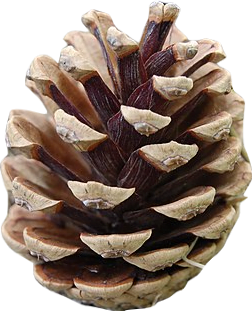
I used up the last of my sample of Hinoki last weekend at a symphony performance of Ottorino Respighi’s Pines of Rome. It felt thematically appropriate: pines and other cool winter coniferous trees, forming an additional scent dimension to the symphony.
And then it was gone. And that was it.
For some reason, I’d been under the impression that Hinoki was discontinued. I was prepared to eulogize and everything. “Hinoki would be an absolute dreamy delight of a daily dumb reach if it weren’t discontinued years ago,” I wrote. “In a way it felt like a perfume I loved but never quite got, a favorite I kept close and brought out sparingly and never quite understood well enough to write about. And then it was gone.”
But now, as I write this review, I am delighted to see that bottles of Hinoki seem to still be for sale at Monocle.
Hinoki is an odd branding collaboration between Comme des Garçons’ perfumer Antoine Maisondieu and a magazine called Monocle, which describes itself on its website as “a global briefing covering international affairs, business, culture and design.” It reminds me, in this way, of Geza Schoen’s creation of Paper Passion Perfume with German publisher Gerhard Steidl, design website Wallpaper*, and, inexplicably, fashion designer Karl Lagerfeld, who designed the packaging.
The odd collaboration between perfumers and publishers on an oddly photorealistic perfume is where the similarities end, though. Hinoki is infinitely more wearable in every way.
While Paper Passion successfully replicates the smell of freshly-printed glossy photographs, that’s a rather… niche thing to want to smell like. Hinoki, on the other hand, is almost universally calming and refreshing. It’s contemplative and fresh, a relaxed, quiet sort of pleasure to carry with you close to your skin. It feels like an exquisite secret, a love affair no one knows about, a thrill you keep close to you while looking, by all accounts, incredibly innocent and excellently groomed for the symphony.
So it appears Hinoki is still for sale and all my planned eulogizing was for naught. Excellent! BRB, need to go buy myself another decant of this gorgeous thing ASAP.
I can’t find much else to say about Hinoki save that it’s good. Really good. And tragically short-lived. Still, if you like cool evergreen woody fragrances, you’ve gotta try this one.
And if you’re looking for a fresh, traditionally masculine fragrance that feels simple and natural but entirely unique, won’t last all day but is well-suited to a nice dinner, and has a cozy romantic side? You can’t go wrong here.
Where to Find Scent One: Hinoki Eau de Toilette by Comme des Garçons
You can find samples, decants, and full bottles of Scent One: Hinoki EdT at Scent Split.
This is an affiliate link. If you click on it and buy something, the seller pays me a commission, at no extra cost to you. You can learn more about them here.

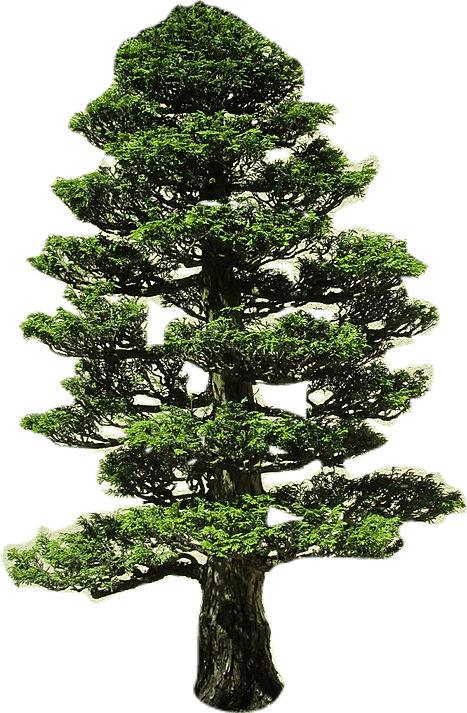

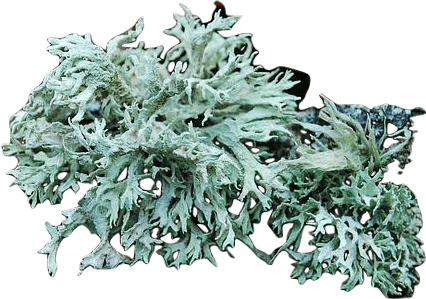

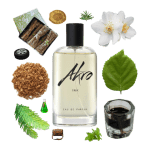

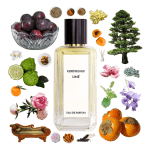



One thought on “Scent One: Hinoki Eau de Toilette by Comme des Garçons Review”